11 Lesser-Known UNESCO World Heritage Sites Worth Visiting
Many people know the famous UNESCO World Heritage Sites, but there are lesser-known treasures that deserve attention. These hidden locations offer a chance to explore fascinating history and beautiful landscapes away from the crowds. Visiting these spots gives you a fresh perspective on what makes the world’s heritage so diverse and rich. If you want to experience something new and extraordinary, these sites are worth considering. Explore the beauty and significance of these lesser-known gems.
This post may contain affiliate links, which helps keep this content free. Please read our disclosure for more info.
Aysén Region of Chilean Patagonia, Chile
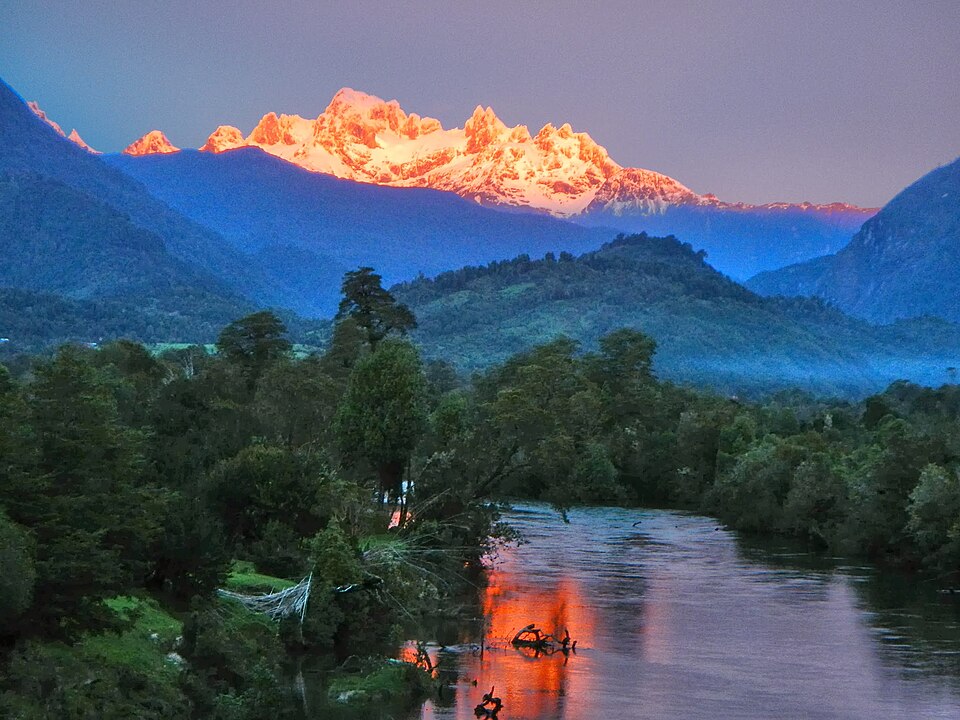
The Aysén Region is a remote paradise in Chile’s Patagonia, offering untouched landscapes and incredible natural beauty. With its dramatic mountains, pristine rivers, and vast glaciers, it remains an ideal destination for adventure lovers and nature enthusiasts. The region is home to a rich array of wildlife and is known for its quiet, serene atmosphere, perfect for those seeking an escape from the crowds.
You can explore the region’s national parks, which offer hiking trails, kayaking, and wildlife watching. The area is also ideal for stargazing due to its minimal light pollution. For those interested in a true getaway, this UNESCO site remains one of the last untouched wildernesses in the world. It is a place where natural beauty and solitude coexist, making it a true gem for explorers.
Bagan, Myanmar

Bagan is an ancient city in Myanmar, famous for its incredible collection of temples and pagodas scattered across an expansive plain. Dating back to the 9th century, the city once served as the capital of the Pagan Kingdom, and today it offers a glimpse into the grandeur of ancient Southeast Asian architecture. The sight of over 2,000 temples, many with intricate carvings and architecture, is awe-inspiring. Visitors can explore the site on foot, by bicycle, or even by hot air balloon for a bird’s-eye view.
Bagan also boasts a rich cultural heritage with local markets, traditional crafts, and religious practices still thriving. Its serene atmosphere contrasts with more tourist-heavy locations, allowing visitors to feel as though they have stepped back in time. If you are looking for a destination where history and culture seamlessly blend, Bagan is a must-visit UNESCO site.
Mount Athos, Greece
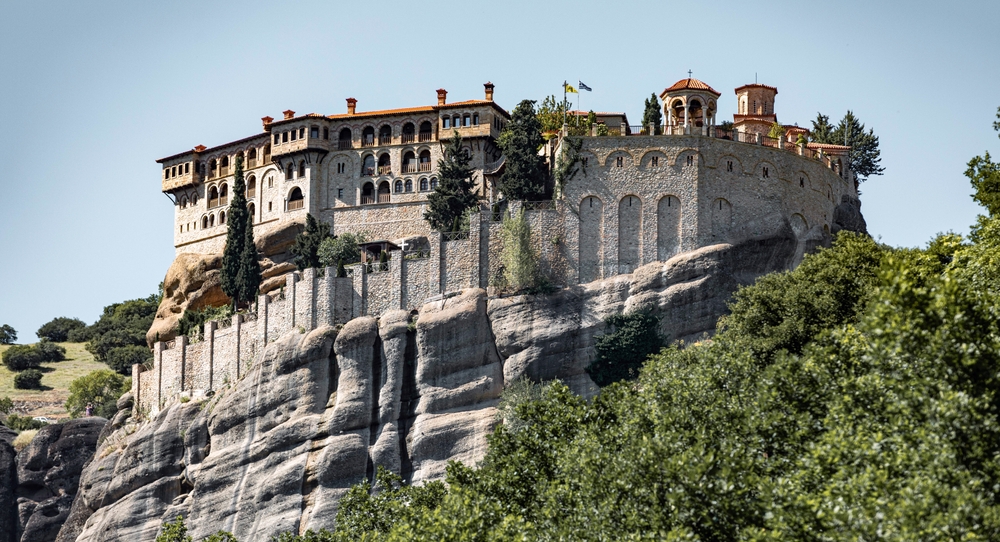
Mount Athos is a stunning peninsula located in northern Greece, known for its long history as a spiritual center for Eastern Orthodox Christianity. The site is home to 20 monasteries, many of which date back to the Byzantine era, and has been a place of pilgrimage for centuries. Visitors can only access the area with special permits, maintaining its sacred and peaceful atmosphere. The unique architecture and ancient traditions make Mount Athos a deeply spiritual and cultural destination.
The landscape surrounding the monasteries is equally impressive, with lush forests and rugged terrain offering perfect hiking opportunities. The site is rich in historical significance and art, with centuries-old manuscripts, frescoes, and icons. Its tranquility and spiritual ambiance make it a perfect place for those seeking reflection and solitude. As one of the most isolated regions in Europe, Mount Athos offers a rare, authentic experience.
The Rock Islands Southern Lagoon, Palau
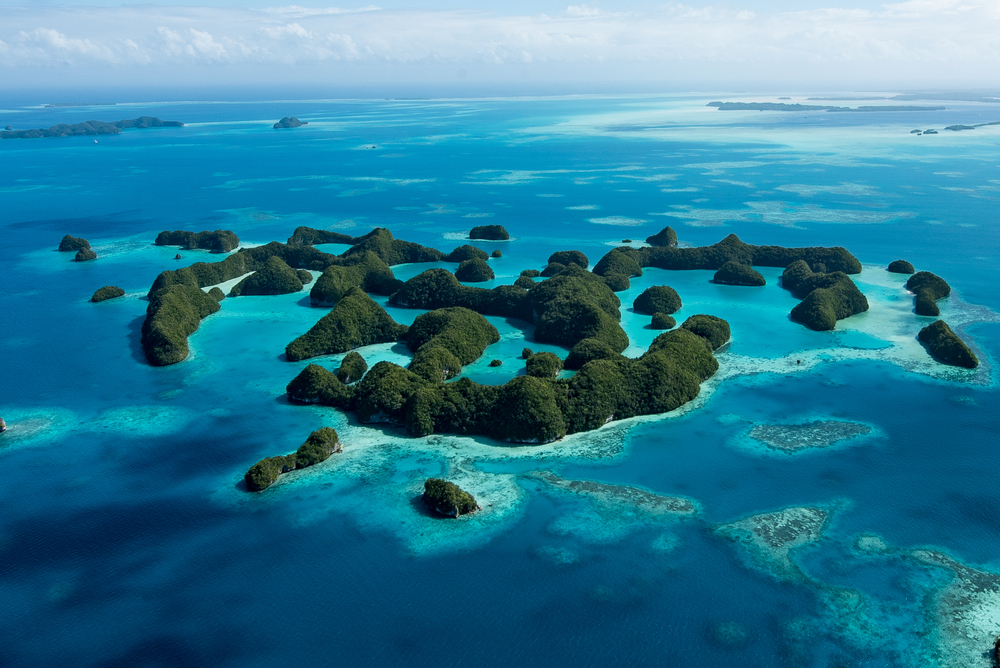
The Rock Islands Southern Lagoon in Palau is a tropical paradise known for its crystal-clear waters and rich marine life. This UNESCO site is home to hundreds of small limestone islands that rise dramatically from the Pacific Ocean. The lagoon itself is dotted with coral reefs, making it a top destination for scuba divers and snorkelers. Its untouched beauty and vibrant biodiversity make it one of the world’s most pristine aquatic environments.
Apart from the underwater wonders, the islands are also home to lush forests, caves, and cultural sites that reflect the heritage of the indigenous Palauan people. Visitors can kayak or sail around the islands, taking in the natural splendor and exploring hidden beaches. It is a perfect location for those looking for an off-the-beaten-path getaway surrounded by unspoiled nature.
Göbekli Tepe, Turkey
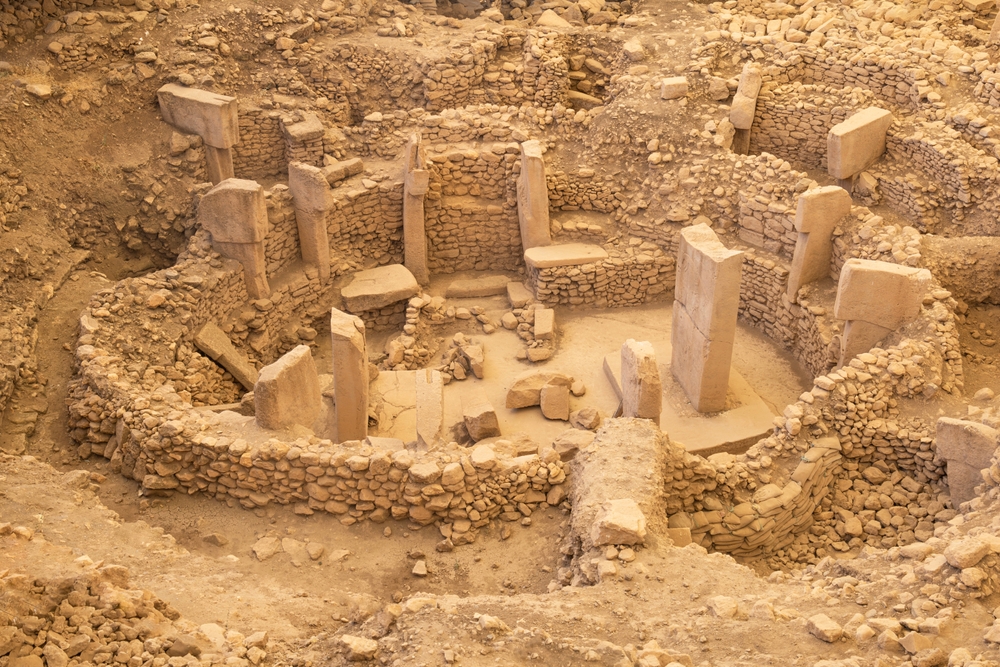
Göbekli Tepe is an ancient archaeological site in southeastern Turkey, thought to be the world’s oldest temple complex. Dating back to around 10,000 BCE, it predates Stonehenge by several thousand years and offers a glimpse into the dawn of human civilization. The site is known for its massive stone pillars, intricately carved with animal motifs, and is believed to have had a religious or ceremonial function.
Visiting Göbekli Tepe allows travelers to experience one of the world’s most important archaeological sites. The site’s significance lies not just in its age but in the insight it provides into early human belief systems and societal structures. As excavation work continues, more discoveries are being made, adding to its historical importance. For those interested in ancient history and archaeology, Göbekli Tepe is an unmissable and awe-inspiring destination.
The Wadden Sea, Denmark, Germany, and the Netherlands
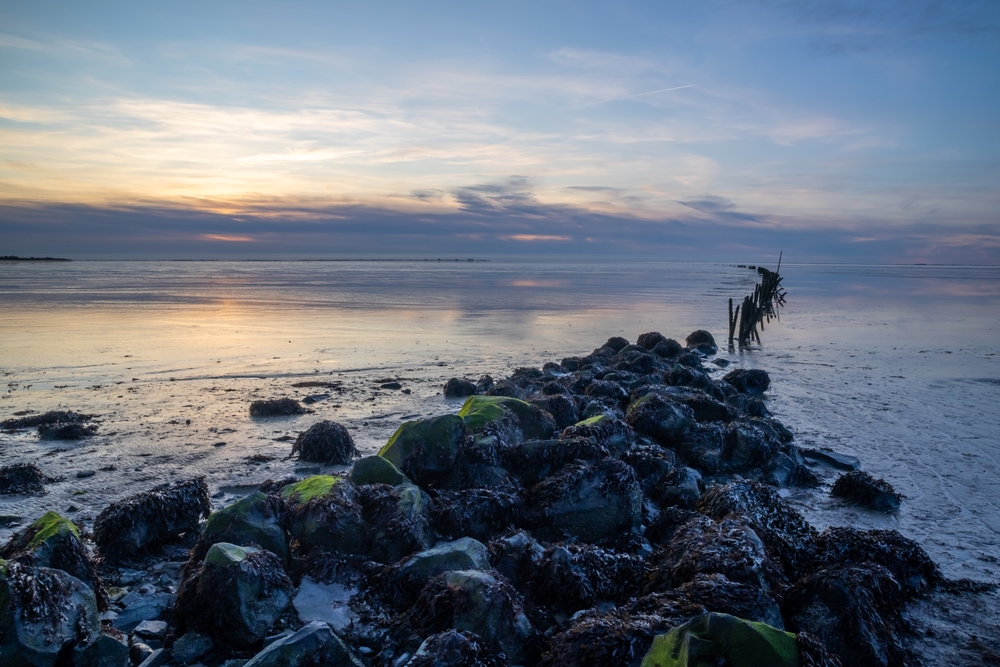
The Wadden Sea is a unique coastal region that spans across Denmark, Germany, and the Netherlands. It is a UNESCO World Heritage site due to its rich biodiversity and the natural processes that shape its landscape, particularly the tidal mudflats. These mudflats are home to a variety of species, including seals, migratory birds, and diverse marine life. Visitors can experience the phenomenon of ‘Wadlopen,’ walking on the mudflats during low tide, a rare and memorable experience.
This site is a sanctuary for nature lovers and birdwatchers, as the Wadden Sea plays a crucial role in global bird migration. Its natural beauty is complemented by the opportunity to explore quaint villages along the coastline. With its unique ecosystem, the Wadden Sea offers a serene and immersive natural experience.
Paraty and Ilha Grande, Brazil
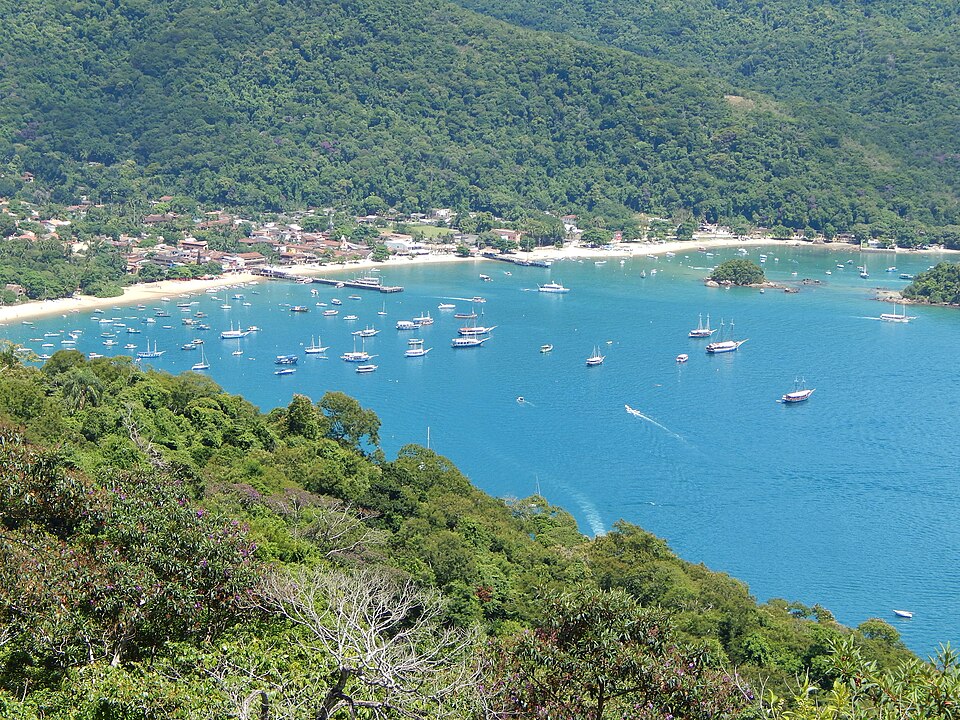
Located along Brazil’s southeastern coast, Paraty and Ilha Grande are two UNESCO-listed areas known for their historical significance and breathtaking landscapes. Paraty is a colonial town filled with cobbled streets and colorful buildings, reflecting Brazil’s rich past. The town is surrounded by lush forests and pristine beaches, making it a perfect blend of culture and nature.
The region is a haven for outdoor activities such as hiking, kayaking, and diving. Visitors can explore hidden beaches, waterfalls, and charming fishing villages. The area is also known for its preservation of history and nature, making it a peaceful destination to experience Brazil’s culture and landscape. Whether you are interested in history, nature, or just a quiet escape, Paraty and Ilha Grande offer a memorable experience.
The Simien Mountains, Ethiopia
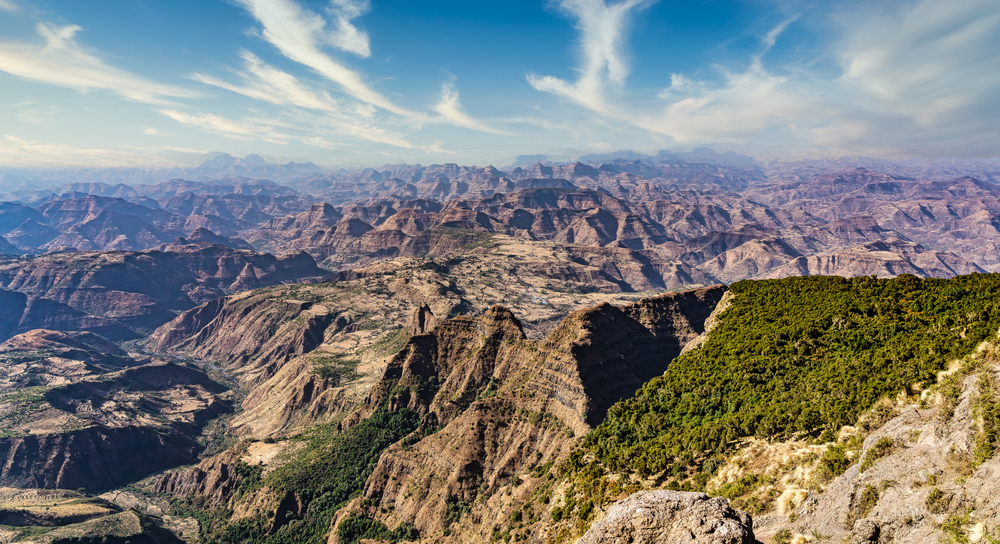
The Simien Mountains in Ethiopia are a UNESCO World Heritage site known for their rugged, dramatic landscapes and diverse wildlife. The area is often called the ‘Roof of Africa,’ with peaks rising over 4,000 meters above sea level. These mountains are home to a range of species, including the gelada baboon, the Ethiopian wolf, and the Walia ibex. Hikers can explore the region’s deep valleys, high plateaus, and jagged cliffs, taking in breathtaking views along the way.
In addition to its natural beauty, the Simien Mountains hold cultural significance, with traditional villages scattered throughout the area. Visitors can learn about the local people’s way of life and experience their warm hospitality. The mountains offer a rare blend of natural wonder and cultural immersion, making it a unique destination for adventurous travelers.
The Ancient City of Bosra, Syria
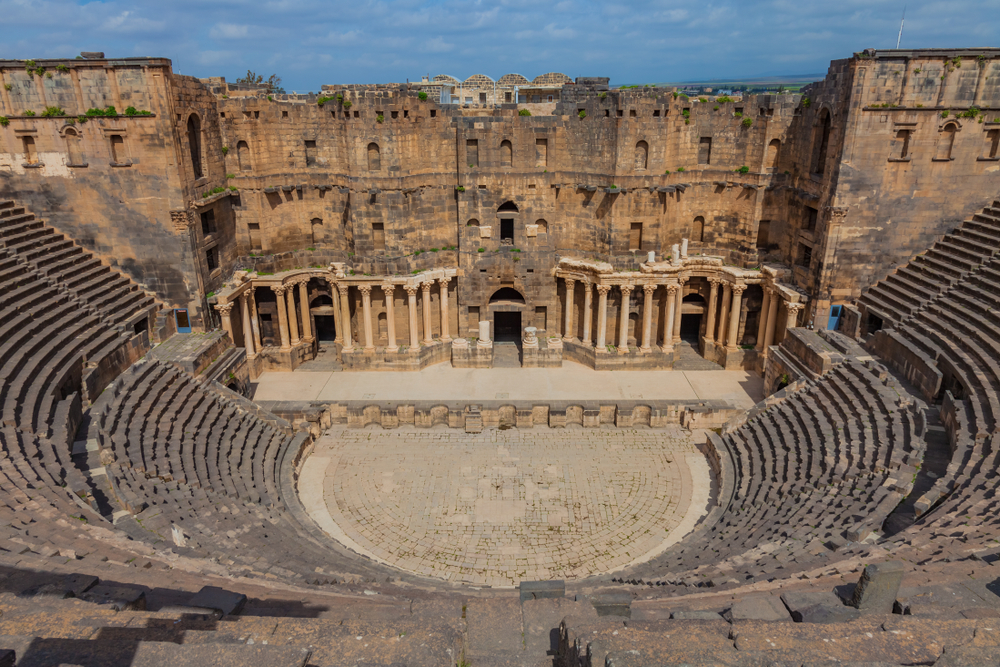
Bosra is an ancient city located in southern Syria, famous for its well-preserved Roman ruins. The city was once an important trading hub and the capital of the Roman province of Arabia. The highlight of Bosra is its Roman theater, which is one of the best-preserved in the world. With a seating capacity of over 15,000, it still hosts cultural events today, showcasing the city’s historical and architectural significance.
Bosra’s archaeological sites include temples, baths, and city walls, each telling a story of the city’s past. The site’s combination of Roman, Byzantine, and early Islamic influences makes it an intriguing destination for history enthusiasts. Despite the challenges faced by the region, Bosra’s ancient ruins continue to stand as a testament to the past. A visit here provides a rare opportunity to experience one of Syria’s most important archaeological treasures.
The Historic Town of Ouro Preto, Brazil

Ouro Preto, meaning “Black Gold” in Portuguese, is a historic town located in the state of Minas Gerais, Brazil. The town is known for its stunning colonial architecture, including ornate churches, narrow cobblestone streets, and colonial-era buildings. It was once a major gold mining center during the 18th century and played a pivotal role in Brazil’s history.
The town’s rich cultural heritage is reflected in its museums, churches, and festivals, making it a must-visit for history enthusiasts. Visitors can explore the numerous churches decorated with intricate gold leaf and admire the works of renowned sculptors. Ouro Preto is a UNESCO World Heritage site that blends history, architecture, and culture in a captivating way. For anyone interested in Brazil’s colonial history, Ouro Preto offers a deeply immersive experience.
The Fjords of Norway

Norway’s fjords are world-renowned for their breathtaking beauty, and the country’s UNESCO-listed fjords stand out as some of the most stunning natural landscapes in the world. The Geirangerfjord and Nærøyfjord, in particular, are known for their steep cliffs, crystal-clear waters, and snow-capped peaks. These fjords offer visitors a chance to experience nature’s grandeur at its finest, whether through scenic drives, boat tours, or hiking expeditions. The region’s natural beauty makes it a haven for photographers and outdoor enthusiasts.
The fjords are not just about stunning views—they also offer a glimpse into the lives of the people who have inhabited the area for centuries. Visitors can explore small villages nestled along the fjords, learn about local traditions, and sample fresh seafood. The fjords are also home to rich wildlife, including seals, porpoises, and a variety of bird species.
This article originally appeared on Avocadu.
